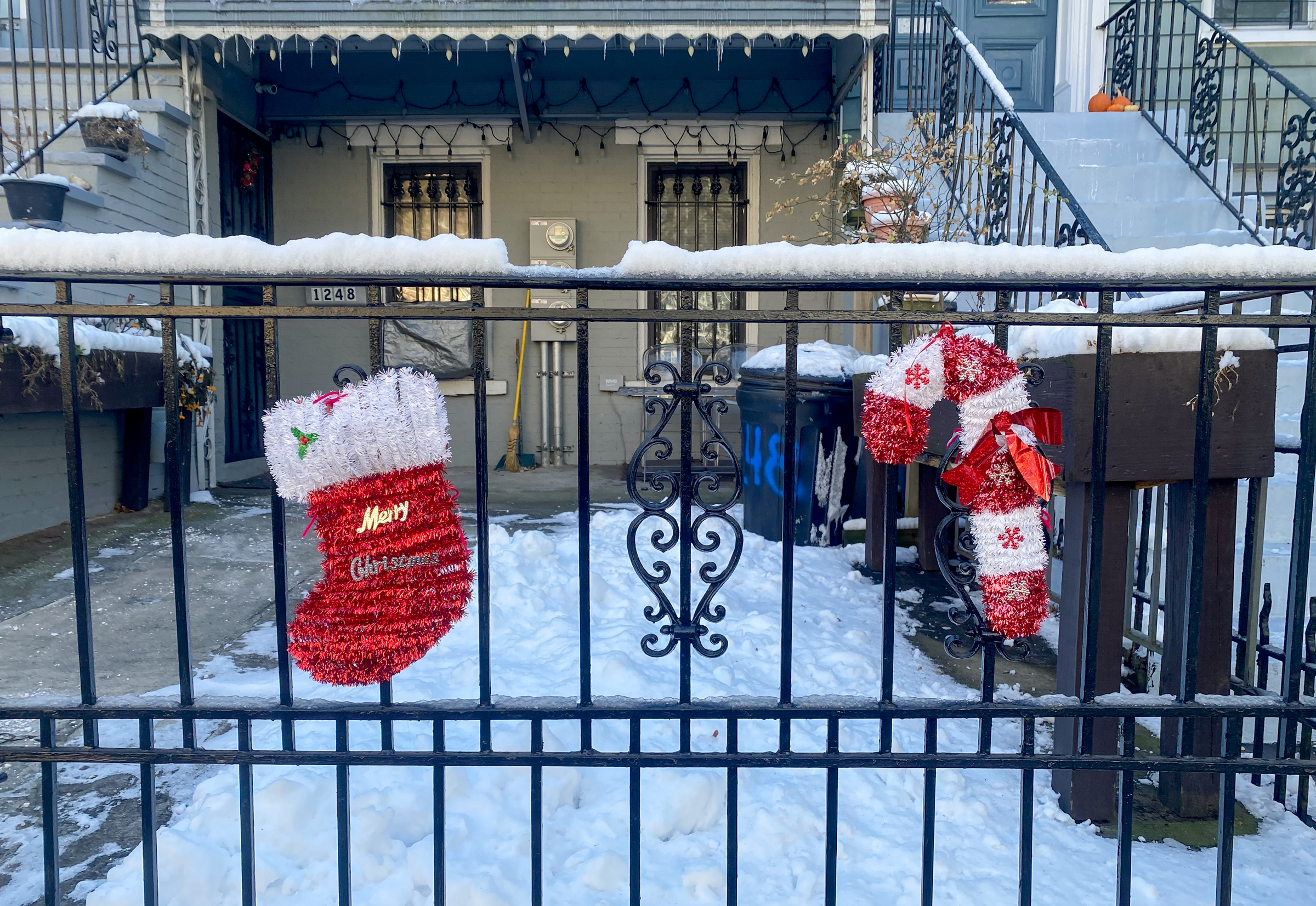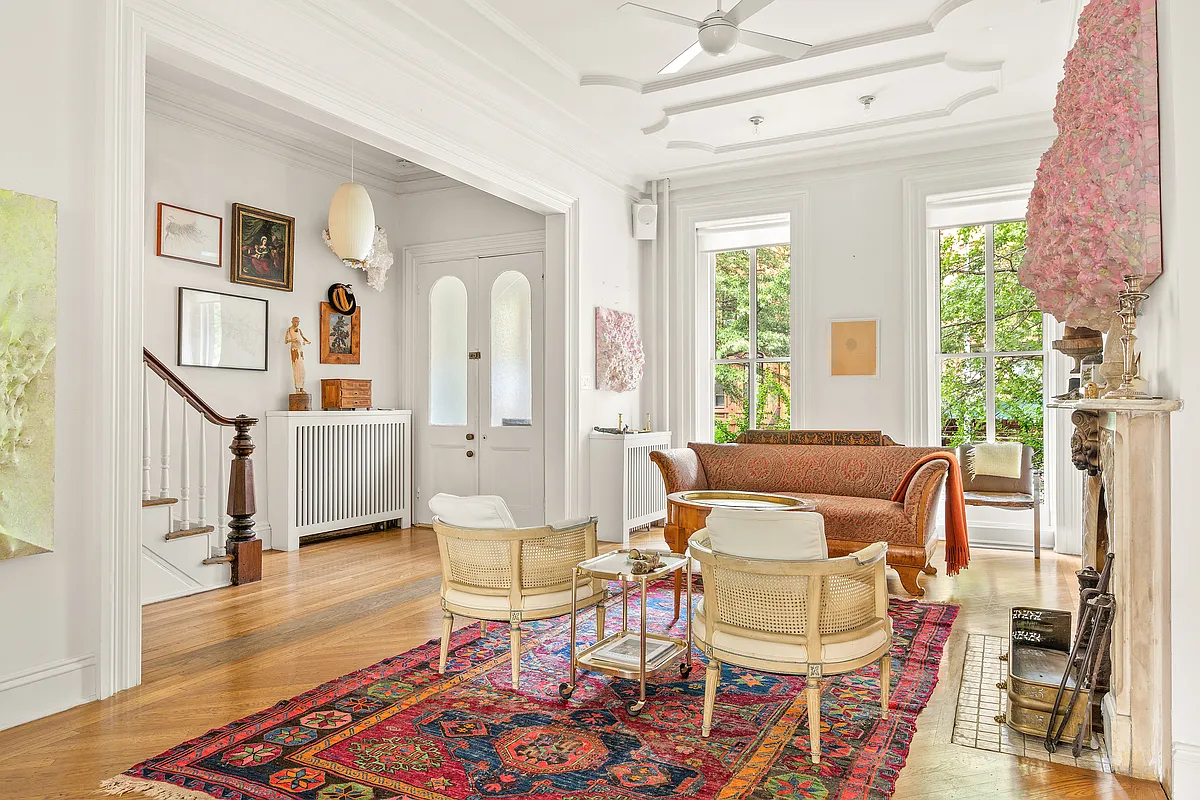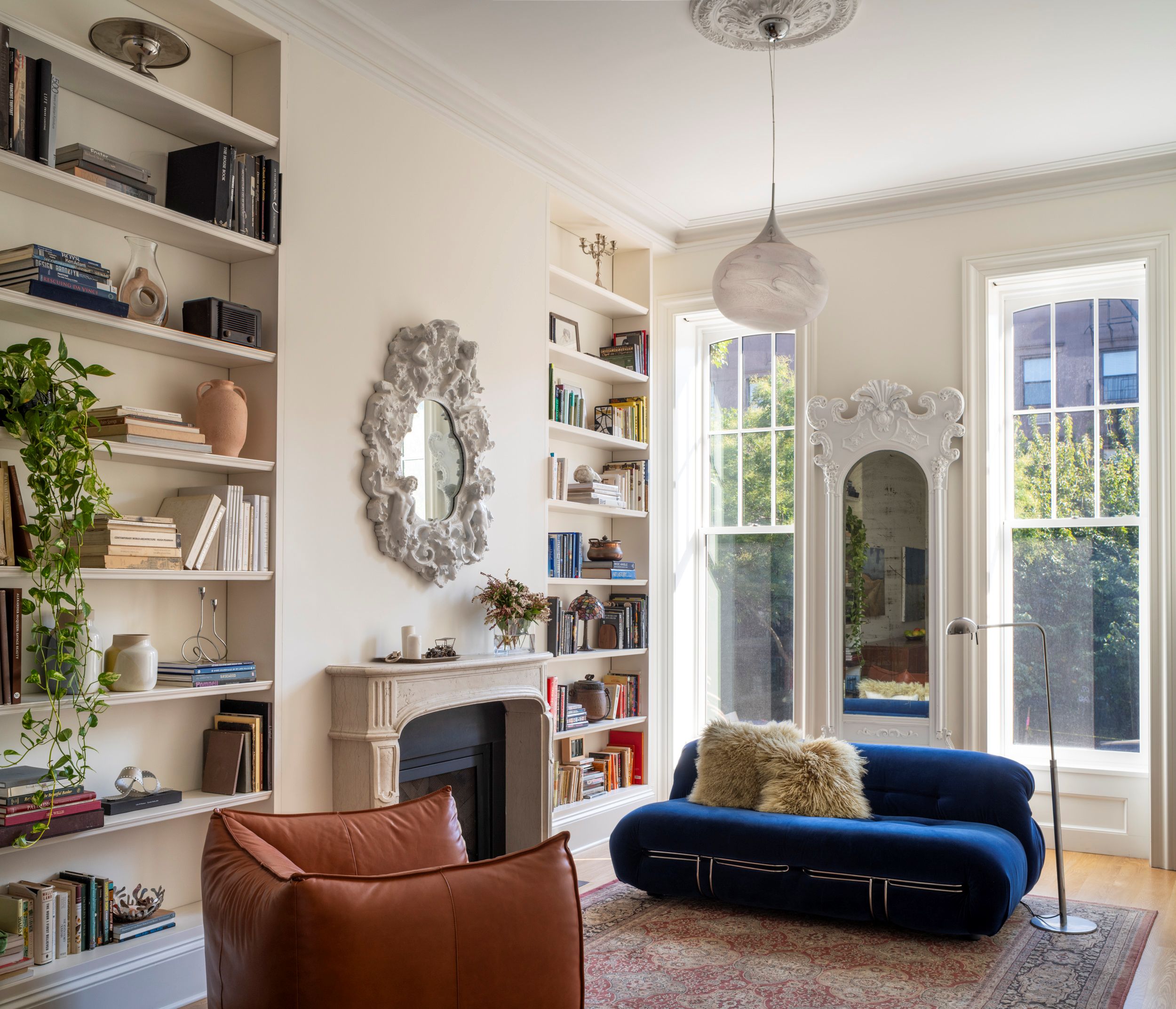Inside Third & Bond: Week 17
Today’s guest post from the Hudson Companies bloggers turns the attention from plans for the kitchen to the great outdoors. Now that our building design is nearly complete, we’ve turned our attention to what surrounds the buildings: the outdoors. Third & Bond has 38 private outdoor spaces (enough for 85% of buyers to have their…


Today’s guest post from the Hudson Companies bloggers turns the attention from plans for the kitchen to the great outdoors.
Now that our building design is nearly complete, we’ve turned our attention to what surrounds the buildings: the outdoors. Third & Bond has 38 private outdoor spaces (enough for 85% of buyers to have their own) as well as 7 front yards and a courtyard. We want these spaces to look great, be easy to maintain, and meet our green goals. In short, we needed a green landscaping genius. Fortunately, one of our brokers, Leslie Marshall, had been contacted recently by The Organic Gardener about potential work and she passed on the suggestion.
When we called up The Organic Gardener (aka Timothy Osborne), we found out that not only does he use only organic materials, making him a great LEED-friendly fit for our building, but he also does really beautiful work as shown in the above before and after of a rear yard in Brooklyn.
More photos and discussion on the jump…
This yard is spectacular but we also wanted to know if he could do something a little less formal and less expensive. This backyard looks great for a social couple who entertain frequently, but what about a yard built with the flexibility needed for kids and a dog? No problem. Here’s an example:

Convinced that his work has a pretty wide range as exemplified by these photos, we came up with two categories of design projects for him to take on.
First, a design for the outdoor spaces that we’ll install as the developer and will likely be maintained in the future by the condo association: the front yards and the courtyard. It needs to be easy to care for and fit the design vision for the building. Second, a design for the outdoor spaces accompanying our model residences during the sales and marketing phase: a duplex’s rear yard and a private roof terrace. We love the idea of showing the potential of these green spaces in a similar manner to staging the interior model with furniture.
The Organic Gardener came into the office last week to toss around a few ideas for Third & Bond. Stay tuned for the actual designs in the coming weeks, but for now here’s a sneak peak on some of the ideas and materials he’s pitched to us so far.
Dutch Gardens
Drawing on the area’s Dutch history, he showed us some Dutch-inspired gardens. We liked the playful shapes of the formally planned gardens and the espaliered trees. (Both shown here.) Another bonus: Dutch gardens are designed with plant materials that are colorful in the summer and winter.

Grass-Less
 This is important as grass is a LEED no-no. Lawn grasses like crab grass and Kentucky blue grass are not native to North America and require a tremendous amount of watering compared with native coastal grasses. Typically, we would deliver rear yards with either sod (i.e., grass) or plain, boring dirt but The Organic Gardener inspired us to consider something new for our model yard. He had a number of ideas on how to make more sustainable yards using elements ranging from pea gravel to artfully placed concrete blocks and stone pavers. For the parts of the garden where we want a little more green he suggested grouping native coastal grasses (shown here) that consume less water than your typical backyard variety.
This is important as grass is a LEED no-no. Lawn grasses like crab grass and Kentucky blue grass are not native to North America and require a tremendous amount of watering compared with native coastal grasses. Typically, we would deliver rear yards with either sod (i.e., grass) or plain, boring dirt but The Organic Gardener inspired us to consider something new for our model yard. He had a number of ideas on how to make more sustainable yards using elements ranging from pea gravel to artfully placed concrete blocks and stone pavers. For the parts of the garden where we want a little more green he suggested grouping native coastal grasses (shown here) that consume less water than your typical backyard variety.
Native Plants and Local Materials
 The Organic Gardener’s plant suggestions were almost all native including lavender and dogwood. The lavender is especially neat because it comes in a mind-blowing variation of purples and smells amazing (shown here but, sadly, not smell-able here). He also has local wood and stone sources for any elements we might have to build up in the backyard
The Organic Gardener’s plant suggestions were almost all native including lavender and dogwood. The lavender is especially neat because it comes in a mind-blowing variation of purples and smells amazing (shown here but, sadly, not smell-able here). He also has local wood and stone sources for any elements we might have to build up in the backyard
Butterflies
Everyone knows that real estate developers love butterflies, so it’s probably no surprise that satisfying the local butterfly population is pretty much our #1 priority at Third & Bond. But seriously, another benefit to choosing local plants is that they are more attractive to birds and butterflies native to the area. We’re hoping our plant materials will be especially attractive to winged wildlife.
Inside Third & Bond: Week 16 [Brownstoner]
Inside Third & Bond: Week 15 [Brownstoner]
Inside Third & Bond: Week 14 [Brownstoner]
Inside Third & Bond: Week 13 [Brownstoner]
Inside Third & Bond: Week 12 [Brownstoner]
Inside Third & Bond: Week 11 [Brownstoner]
Inside Third & Bond: Week 10 [Brownstoner]
Inside Third & Bond: Week 9 [Brownstoner]
From our lawyers: This is not an offering. No offering can be made until an offering plan is filed with the Department of Law of the State of New York.”





The firm for which I design gardens in NYC, Holly, Wood and Vine, recently discovered that Mr Osborn’s new website relies heavily on images of gardens that our firm designed, installed and currenly maintains. In fact more than half of its garden images are of our gardens. He worked for us for a while as a gardener about two years ago and had access to these gardens.
I would check his credentials out a little more carefully before haveing a third party profile him in glowing terms as a reputable landscape practitioner.
I do not know whether the gardens pictured above (also from his website) are actually designed by Mr Osborne or not, but based on our experience, some inquiry would be worthwhile.
For interest: The so-called “Dutch” garden influence pictured above is an image of Buchart Gardens outside Victoria in British Columbia, designed and planted in an empty limestone quarry by a Canadian. If anything, its influence is Italian.
And native plants? Since when is lavender native???
i grew up in a brownstone and loved it. my kids, in the burbs love it. kids adapt.
It seems to me that many people with children simply cannot afford houses in the city any more. They have to move to the burbs. Many of the folks buying these expensive beauties in the city have no kids or have grown-up kids. that is why they are in a position to afford the house. Folks with kids are sapped of resources and need to flee to the burbs, it is only natural, I look forward to a day in the not so distant future when our lovely historic neighborhoods will be back in the hands of grown-ups absent the bratty childen, hyper-active due to the lack of playspace. Kids belong in the country. let them grow up there, then move back. for heavens sake, is that so difficult to understand? Is there anything kids hate more than historic rowhouses in historic neighborhoods in the city? Except maybe for gay kids possibly.
7:40, You are (willfully?) misunderstanding the earlier posting that asked about a place for kids to play. Of course no one expects a kid to play in your garden. But to expect a kid might play in his own back yard is apparently, in your eyes, an appalling thought, for such a design would clearly ruin the overall aesthetic. I agree these gardens are lovely and perfect for urbanites without kids.
But we are talking about a complex of townhouses that are likely to appeal to families simply because they are so large in size. Every single example of a garden here was inappropriate for kids, except perhaps the kind who take walks with the nanny to get their fresh air. And I love the other posters’ suggestion that it is far less indulgent for the parents to have the kids playing on the stoops and sidewalks (or throwing footballs on busy 3rd Street!) so that the large gardens in the back can remain in their pristine states, to be viewed but not touched.
Is it really so self-absorbed to ask for just one example to be both beautiful and functional for people with kids?
1:41 PM I only played outside at recess. Nothing at home could compete with what I found in books. Besides, grass makes me sneeze.
it’s a wet sidewalk with gravel on either side and some uplighting. wtf?
Lovely gardens. A point well made and well taken is that not everything has to be about kids.
There are, bless us. still some urbanites without kids that do not want romper room aesthetics entering our lives.
I love the poster who indignantly wants to know where her kids can play in your garden.
How self-absorbed.
trudylou:
The backyards will get a good amount of sun, especially the northwest corners. The east side of the fence will be a good deal shadier. In thinking about this issue, TOG suggested putting focal points (like a dogwood) in the northwest corner. The sun was another reason to avoid a lot of grass — it would be hard to keep it looking uniform since it wouldn’t get the same amount of sun all over.
Here’s The Organic Gardener’s website:
http://www.theorganicgardenernyc.com/
You can email Timothy at info@theorganicgardenernyc.com